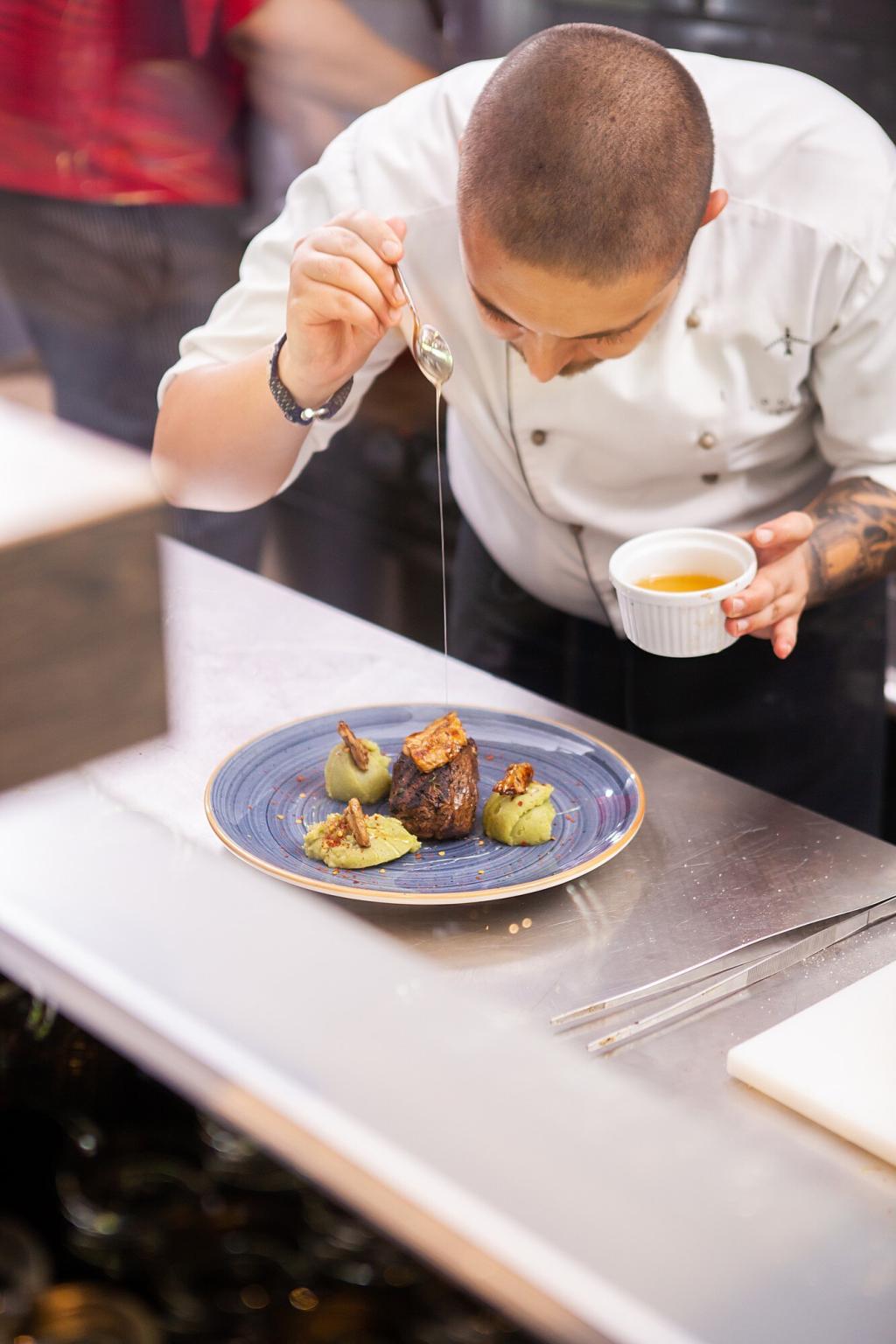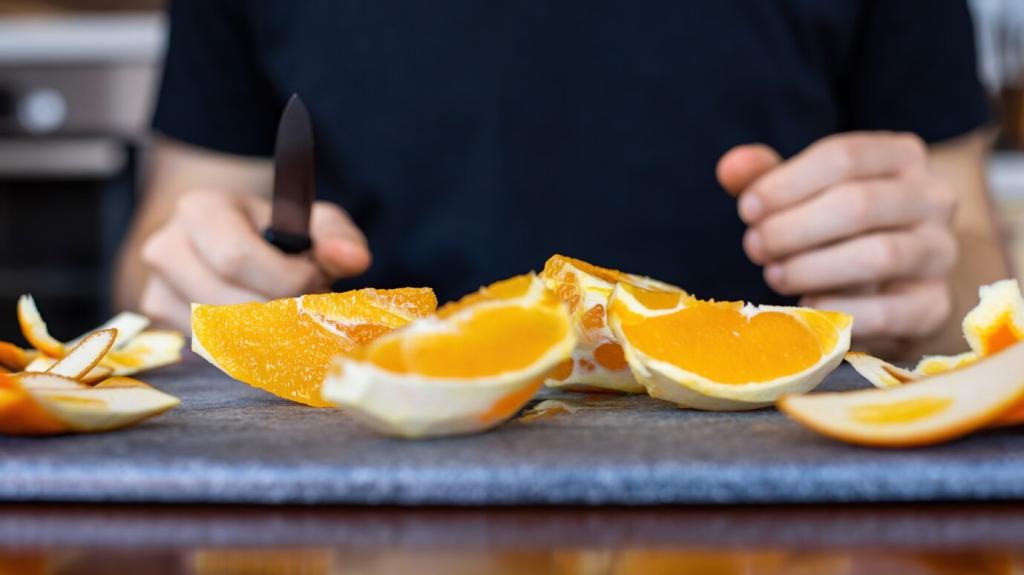From Page to Plate: Adapting Fictional Recipes at Home
Literary recipes often skip measurements or rely on historic ingredients. Swap with intention: orange blossom water for rose in Turkish Delight, or browned butter to deepen a madeleine’s nostalgia. Share your smartest substitution and why it stayed faithful to the text’s spirit.
From Page to Plate: Adapting Fictional Recipes at Home
Iconic bites hinge on texture: the delicate crumb of a madeleine, the elastic chew in confectionery, the sustaining density of travel bread. Test small batches, record bake times, and adjust hydration gradually. Encourage others by posting your tweaks and what finally nailed the mouthfeel.





